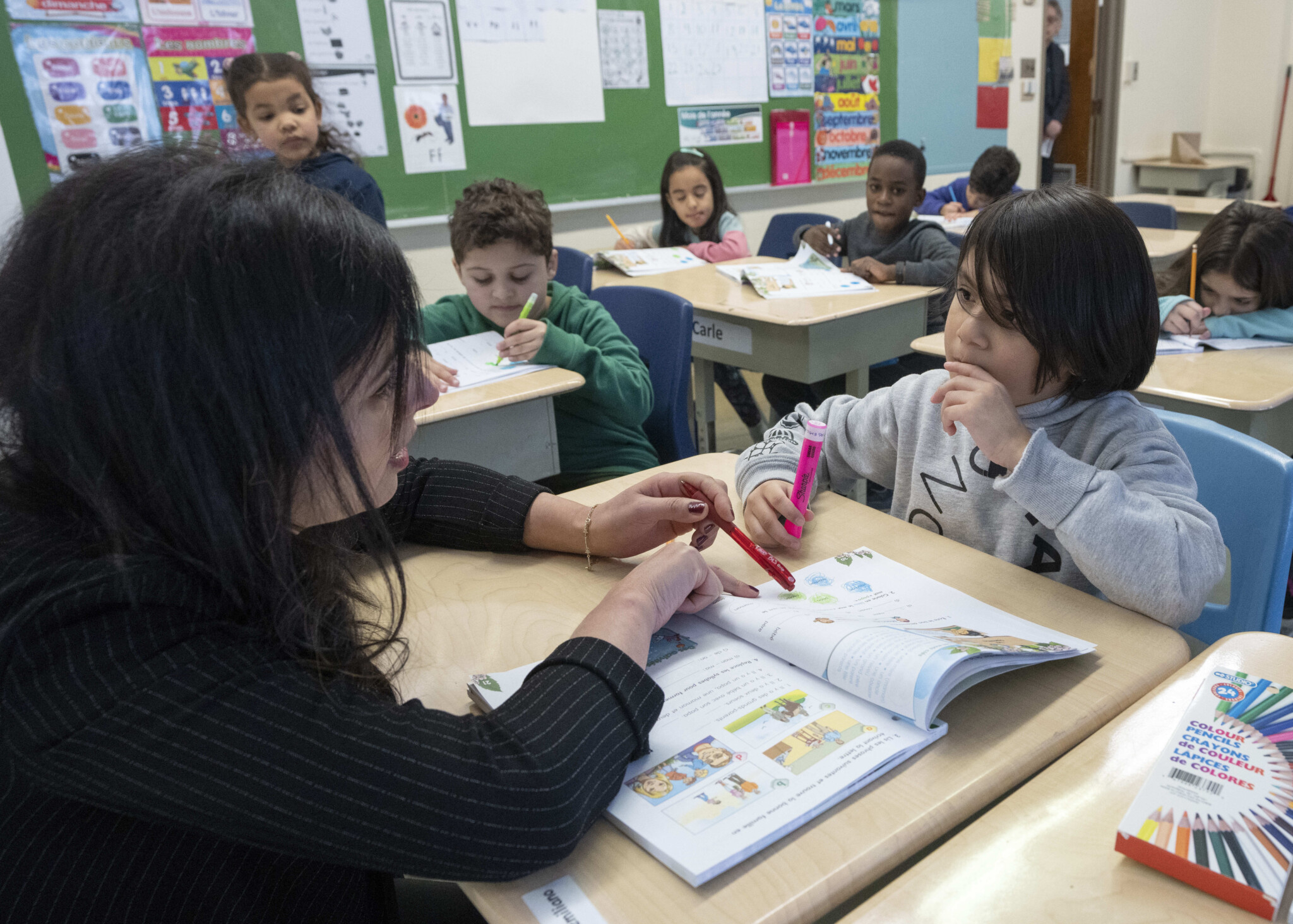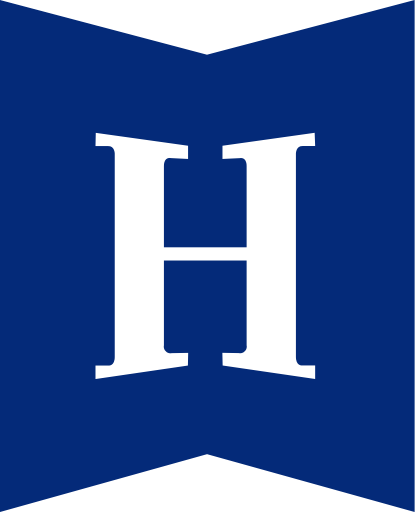For two full days this school year, teachers with the Alberta Classical Academy charter schools attended an intensive professional development session on early literacy, with a concentration on phonics instruction. The sessions were led by a Harvard-trained cognitive scientist and doctoral candidate whose research focuses on the science of reading.
The charter school board (which, in full disclosure, I founded and previously chaired) offered the same training last year as we prepared to open our first elementary school. And for the second year in a row, the reviews from new faculty were glowing—and alarming.
No fewer than five different teachers reported, in nearly identical terms, that they learned more in those two days than they did in their entire education degree. Others expressed something between baffled incredulity and outrage that their bachelor of education programs had left them so unprepared to teach children how to read.
The gravity of the problem is hard to overstate: a troubling number of Canadian school children cannot read at grade level. Without serious and immediate interventions, most of those children will face a lifetime of struggle with basic life skills. Their career and social prospects will be severely constrained, as will their ability to participate in the enjoyment of high culture, literature, and philosophy.
How can we account for the failure of so many university faculties of education to teach these essential skills? Part of the answer is that these programs hold a near-monopoly on teacher training and certification, but little direct connection to classroom instruction, and no accountability for the results they produce.
This needs to change.
An important first step would be to open up alternative teacher qualification pathways, allowing anyone with the expertise or demonstrated ability to enter the teaching profession. We need to trust that school administrators will be able to assess any potential candidates’ worth, regardless of whether or not they have an education degree.
Yet in most Canadian provinces, a bachelor of education (B.Ed) degree is a prerequisite to becoming a primary or secondary school teacher.In some provinces, private or independent school teachers may hire persons without bachelor of education degrees, but they do not receive a teaching certificate. It does not matter if a person holds a Ph.D. in physics, educational psychology, French literature, or classics. It does not matter if they have also taught grades K-12 in a peer jurisdiction, such as the U.K. or the United States. Unless they also obtain a B.Ed. degree, they have no pathway to become a permanently certificated teacher.
These requirements are ostensibly meant to increase the quality and professionalism of teachers. What it actually does is deter many highly credentialed subject matter experts from entering the profession. Education faculties, meanwhile, are left with a captive audience, and no meaningful oversight.
Provincial surveys of teachers and school administrators have signaled a problem for years. In Alberta, the percentage of teachers who report that their education programs prepared them well for the classroom ranges from 55 percent to 68 percent.Government of Alberta, 2021 Education Satisfaction Surveys, p 58. Even this may be inflated because the question doesn’t differentiate between the coursework component of the B.Ed. and the practicum experience required to graduate.
I wanted to know more: how much of the benefit comes from the hands-on training, and how much from the academic coursework that comprises the bulk of the education degree? I decided to survey our faculty on what they actually learned—and didn’t learn—during their teacher training programs. With 26 responses, the survey yielded a small but revealing sample.
Seventy-three percent of teachers said they received no instruction at all on how to teach students to read using phonics—the only method that is consistently backed by cognitive science. Just 23 percent were taught the difference between phonemes (speech sounds) and graphemes (letters and letter combinations). By contrast, 46 percent of teachers report receiving training in dubious “three-cueing” and “whole language” strategies, which encourage students to guess at the meaning of words by relying on visual or contextual cues, rather than decoding their sounds.In its 2022 “Right to Read” report, the Ontario Human Rights Commission recommended that school boards ban on three-cueing strategies, implying their use was a violation of a human right to literacy.
One teacher reported that their B.Ed. program encouraged them to “lower the bar for students,” and rely on visual aids to assist them in understanding texts. Another said that they “graduated from my degree paralyzed with fear to be given the duty of teaching students how to read because I received little to no instruction.”
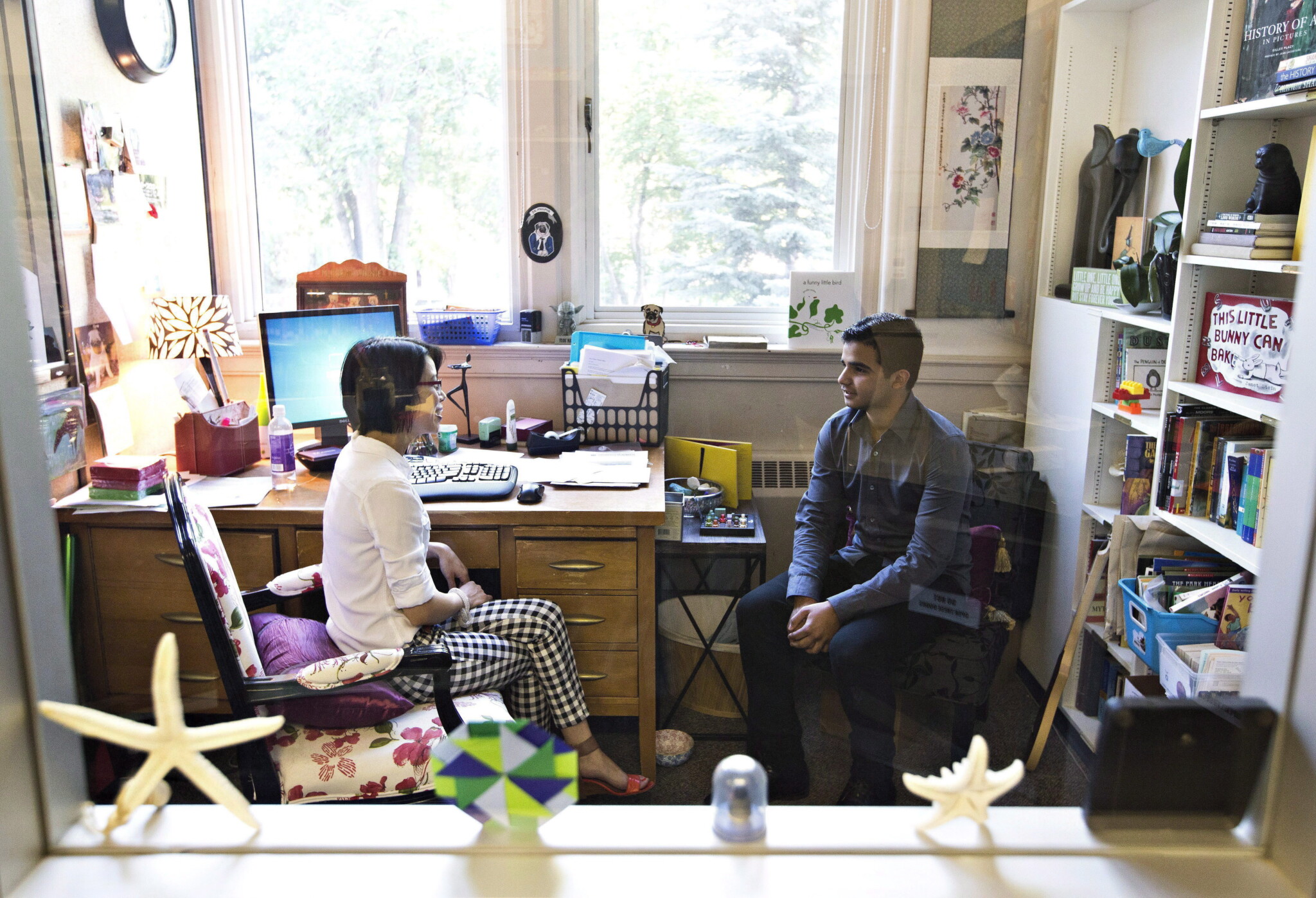
English teacher Winnie Canuel and student Abu Bakr al Rabeeah are pictured in Edmonton on June 22, 2016. Jason Franson/The Canadian Press.
This isn’t the only area where education faculties seem to have left their graduates unprepared for the monumental responsibilities that their profession entrusts them with.
The survey asked what teachers learned about using explicit instruction (also known as direct instruction). Explicit instruction is what many of us imagine when we think of teaching, where a teacher directly teaches students a new skill or body of knowledge. They deliver a structured lesson with clear outcomes, regularly ask questions of students to check for understanding and mastery, and give lots of opportunities for guided practice and teacher feedback. In study after study, this method of instruction has been shown to be the most effective approach to teaching.
But in most education faculties, research on effective pedagogy is ignored. Ninety-two percent of our teachers reported receiving little or no formal training on how or why to use explicit instruction. Worse, several of them were expressly discouraged from directly teaching students and were told to let students direct their own learning. When asked to elaborate on their answers, they reported the following:
“[Explicit instruction] was discouraged. I was told to be a ‘guide on the side’ not a ‘sage on the stage.’”
“It was mostly misunderstood and looked down upon as being too regimented.”
“Explicit instruction was largely considered antiquated and harmful to the learning of students. Student-led learning was emphasized.”
“We were openly told that it was old fashioned…and generally bad teaching practice.”
Thankfully, the abstract theorizing of education faculties was partly mitigated during teacher practicums. Several respondents said that once they actually got into a classroom, their mentor teachers set them straight about the value of explicit instruction: “The mentor teachers in my practicum told me to disregard what [my education program] was teaching me, and to actually teach using explicit instruction. That was helpful in limiting the damage the B.Ed. did.”
The same was true in classroom management, discipline, and the art of building classroom routines and rituals. Eighty-five percent of teachers said they received little or no instruction on building consistent classroom routines, and 73 percent received minimal or no training on classroom management techniques and discipline.
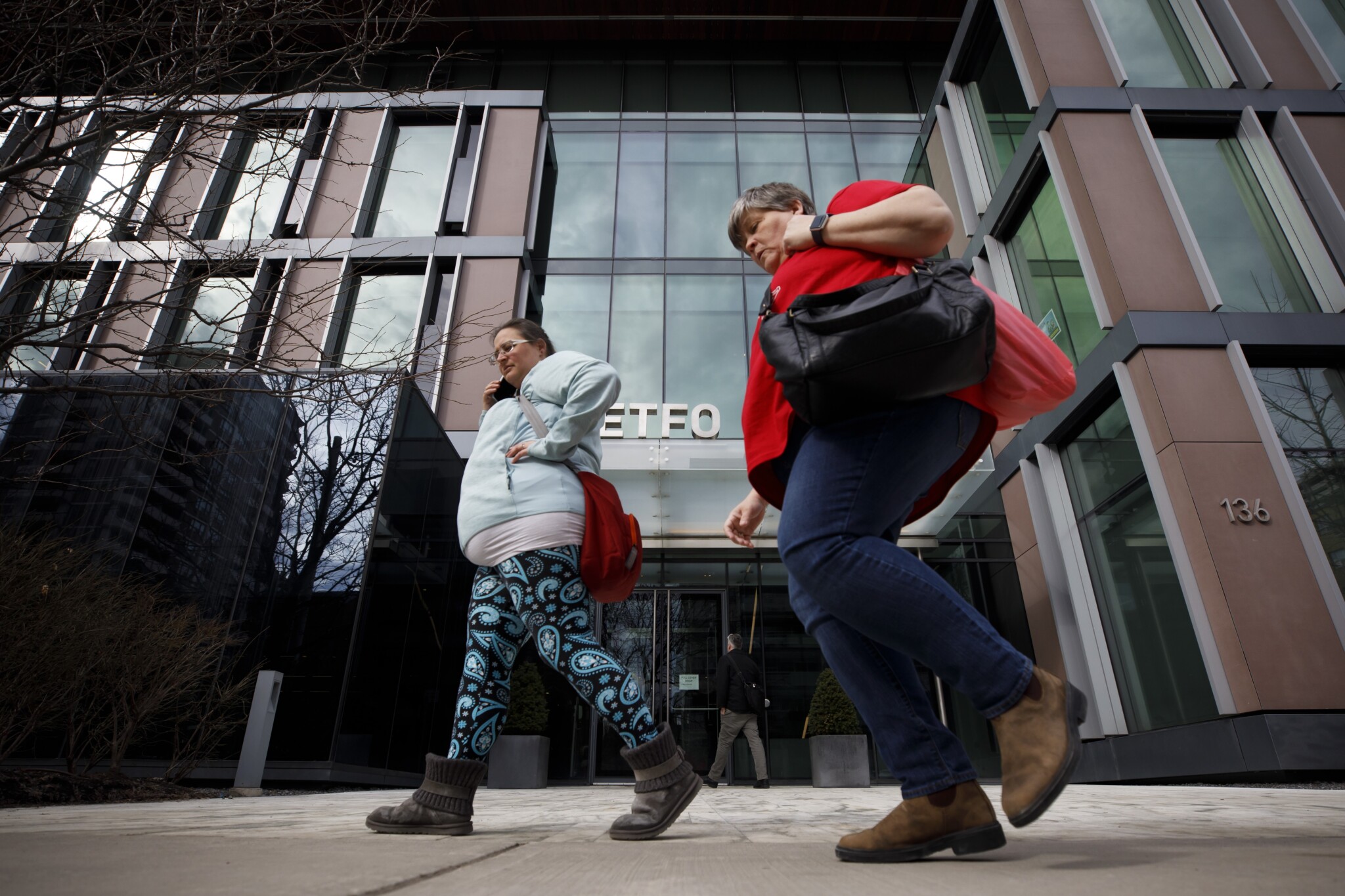
Elementary Teachers’ Federation of Ontario (ETFO) headquarters is seen in Toronto, on Monday, March 9, 2020. Cole Burston/The Canadian Press.
Teachers were also surveyed on what they learned about the importance of knowledge acquisition and the relationship between memory and the development of more complex cognitive skills. Most (77 percent) reported that their B.Ed. degree taught them little or nothing on the topic, or else actively downplayed the value of amassing knowledge in long-term memory: “Memorization was considered traumatic for students and was highly discouraged. Knowledge acquisition was not emphasized.” Another explained that “knowledge acquisition was never discussed, and was treated as a waste of time in an internet age where anybody can look anything up.”
When asked how much they felt their B.Ed. programs valued their own mastery of content knowledge—whether in maths, sciences, history, literature, or philosophy—89 percent said that their academic expertise was not valued. Combine this with the dim view of academic knowledge noted above, and you will begin to understand why any province-wide attempt to adopt a content-rich curriculum will meet fierce opposition: an emphasis on knowledge would force a substantial recalibration of how would-be teachers are trained and evaluated.
Ninety-two percent of teachers received no training in teaching logic. Ninety-six percent had little to no instruction on how to do character education or develop virtue in their students—even though nearly every school board will claim that character education is an essential aim of education.
If they’re not teaching about early literacy, classroom management, or effective pedagogy, what exactly are people learning in their teacher training programs?
Eighty-six percent of our faculty say they were taught the theory of constructivism. Thirty-five percent were introduced to the unabashedly Marxist tract “Pedagogy of the Oppressed, ” and 46 percent were taught about “white privilege.” Sixty-nine percent read works from the progressive education reformer John Dewey, but only one respondent encountered the most important thinkers in the Western education tradition, Plato and Aristotle.
Just two teachers (<8 percent of our sample) said they did not encounter any critical theory in their education degree, compared to 31 percent who reported that it was the dominant theoretical lens that permeated their studies. Put bluntly, the people tasked with educating the next generation are more likely to receive formal training in Marxist social deconstructivism than in teaching children how to read.
To be clear, I suspect that most teachers are grounded in the practical realities that their vocation demands, and that the majority (silent though they may seem) are not really interested in implementing critical or queer theory in the classroom. There are also highly competent individuals within education faculties—people who undertake serious academic research and are dedicated to serving students well. But on balance, the verdict from our teachers was clear: B.Ed. programs did not prepare them well, and may even have misled them about what effective teaching looks like. Two-thirds of teachers said their B.Ed. coursework was of little to no value, or of negative value. The practicum experience, by contrast, was almost universally praised as valuable preparation.
If we hope to raise the bar for the education of our children, we will have to start with the faculties of education. That means breaking their stranglehold on the training of new teachers, placing greater emphasis on practical training and academic content knowledge, and incentivizing—or, failing that, mandating—our post-secondary institutions to deliver real value to their graduates.
Recommended for You
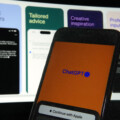
‘There can be massive policy investments made in AI literacy’: Five takeaways from John Stackhouse, Janice Gross Stein, and Jaxson Khan on the race for AI adoption in Canada

Daniel Zekveld: Age verification for pornography is not government overreach
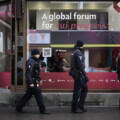
‘Do more with less’: John Stackhouse, Janice Gross Stein, and Jaxson Khan on how Canada can catch-up in the AI adoption race
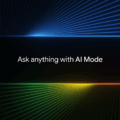
Brace for impact: something big is about to happen to the news in Canada

